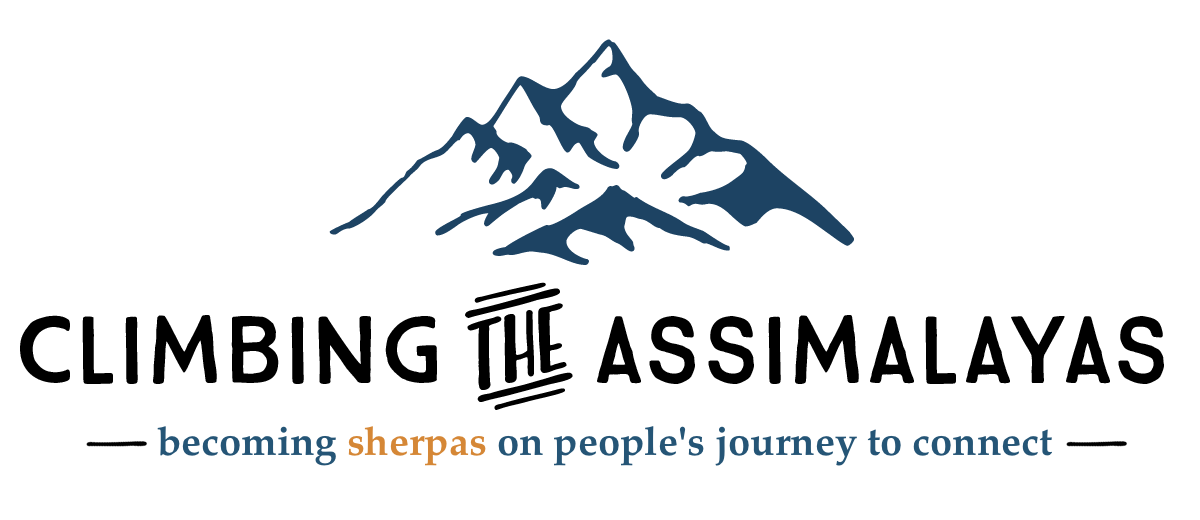The One Habit That Predicts Whether Guests Will Stick Around
What your church’s response time says about your connection culture
If I could give you one metric to measure the health of your church’s follow-up, it wouldn’t be attendance or baptisms.
It wouldn’t be small-group sign-ups or volunteer counts, either.
It would be this:
Does every person who reaches out to your church hear back within 24 hours?
That one behavior — your 24-hour response time — is what I call a keystone habit.
Because if you can pull that off, it proves nearly everything else underneath your ministry is aligned and healthy.
Why 24-hour response time matters
First off, you can’t fake it.
To respond that quickly and personally, you need:
Clear ownership and hand-offs
Functional communication systems (plural!) that talk to each other
A staff and volunteer culture that knows what “follow-up” really means
A shared urgency to help people take real next steps
You can’t willpower your way into a 24-hour response rhythm.
You have to build your way there.
That’s why it’s such a powerful metric — it exposes whether your culture is built for connection or just activity.
The deeper story behind every message
Every connection card, baptism signup, and volunteer interest form is more than data.
It’s evidence of movement — of God stirring something in someone’s heart and giving them enough courage to reach out.
When you respond quickly, you’re saying, “We see you. We honor what God’s already doing in you.” And that matters.
Because the greatest indicator of whether someone will take a next step in your church isn’t how informed they feel — it’s how known they feel.
That’s the heart behind this habit.
Why it’s the lead indicator
Most churches track a good deal of important lag indicators: attendance, baptisms, volunteers, small-group numbers, and guests identified.
Those tell you what already happened.
Response time, on the other hand, is a lead indicator — it predicts what will happen.
If you’re winning here, it means:
✅ Your systems are aligned beneath the surface.
✅ Your culture prizes people over process.
✅ Your volunteers are clear and confident.
✅ And your guests feel seen early — before they ever attend again.
When that’s true, connection, serving, and giving naturally grow. Because all of those depend on how known people feel.
Response time is a strong trail marker for a healthy culture
In Climbing the Assimilayas, we talk about trail markers — visible signs that tell you you’re still on the right path.
A 24-hour response time is one of the most reliable markers there is.
If your team can breathe here, your whole system can climb. If not, it’s a sign of thin air — overloaded staff, fuzzy ownership, or disconnected systems.
The good news?
You don’t need more staff or a new building to fix it. You just need clarified priorities and the right kind of systems beneath the surface.
Talk about it with your team
If you want to take this deeper, here are a few questions to help you think through what this would look like in your culture:
How fast do we currently respond to guest messages, prayer requests, or sign-ups?
Who owns each type of follow-up — and who checks that it actually happened?
What’s one simple system upgrade that would make a faster, more personal response possible this week?
How could we equip volunteers to share the load so no one falls through the cracks?
Ready to see how your system’s really working?
If this keystone habit hits close to home, your next step is simple: Start your Assimilation Audit.
For $40, you’ll get a 49-point audit that covers all three journeys every person in your church takes—from first-time guest to fully engaged disciple.
And you’ll get a 30-minute debrief with one of us to dial in your plan.
You’ll walk away with a clear picture of where your system is strong, where it’s leaking, and what to build next.
>>> Start your Assimilation Audit now
If you want to take this deeper…
Here are a few questions to help you think through what this would look like in your culture:
How fast do we actually respond to guest messages, prayer requests, or sign-ups?
Who owns each type of follow-up — and who checks that it actually happened?
What’s one simple system upgrade that would make a faster, more personal response possible this week?
How could we equip volunteers to share the load so no one falls through the cracks?


